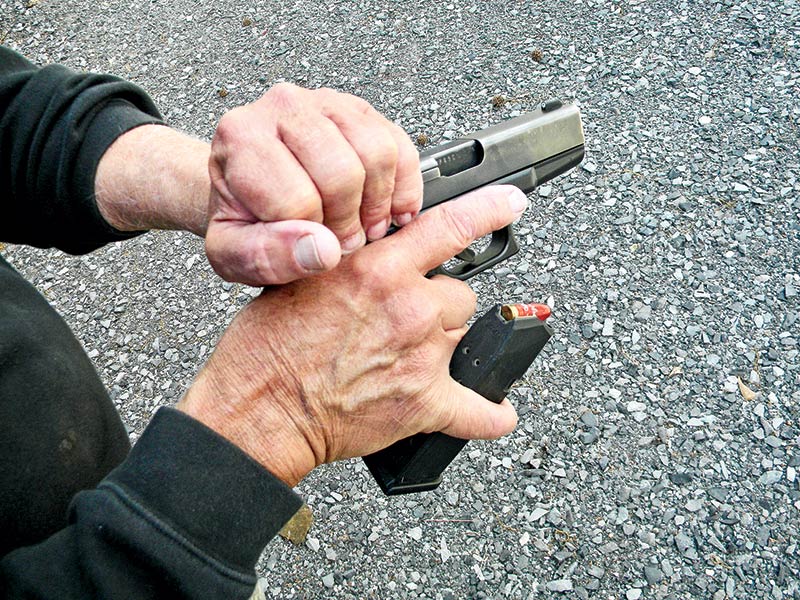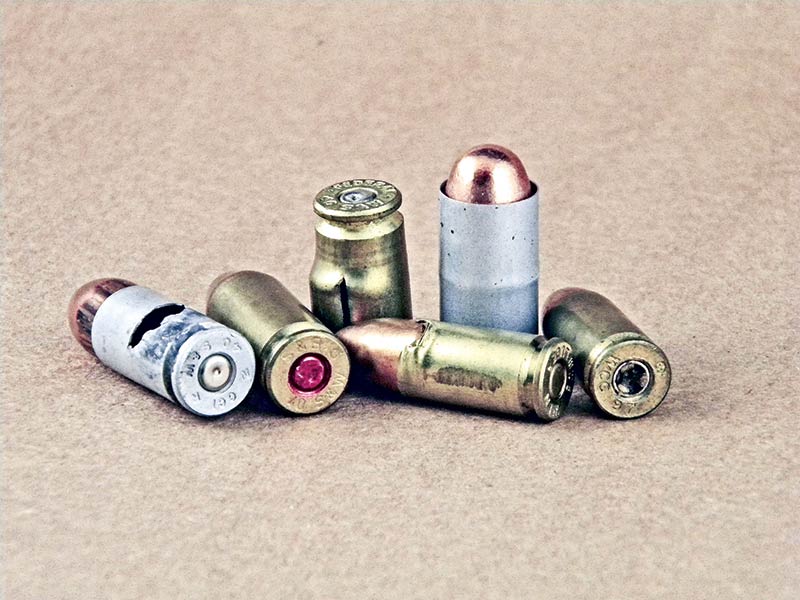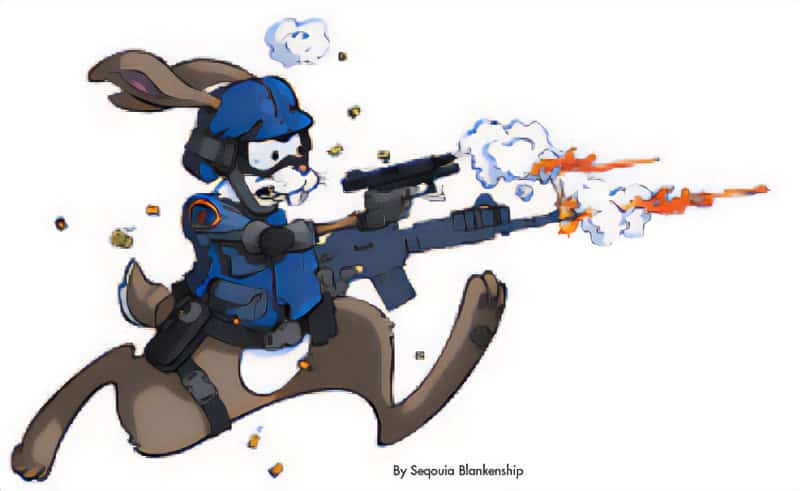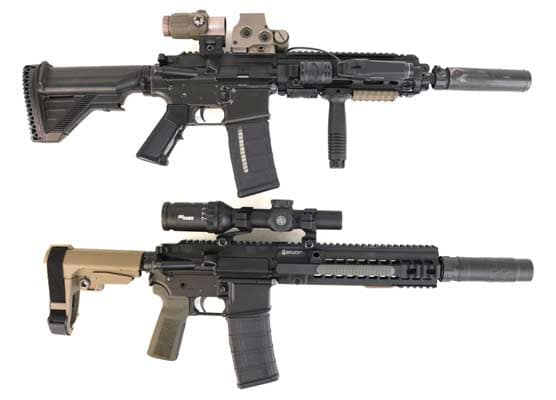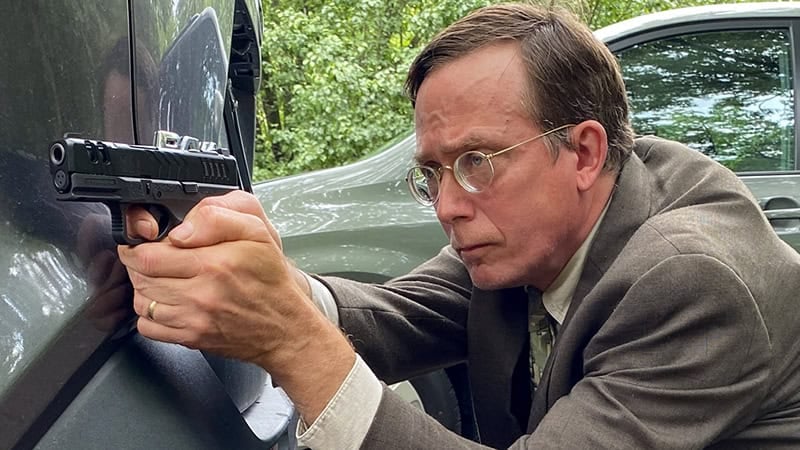Before You Start
The number one concern with dry practice is always safety. The four safety rules are always in effect. You have a backstop capable of trapping any unintentional shots, no live ammunition is in the area and “Done” means stop! Most negligent shots occur after someone decides they’re finished, loads their weapon — forgets — then decides to perform the drill “one more time.” And, even though it’s dry practice, malfunctions are easier to do using the Coach & Shooter format.
To clear malfunctions I teach a “non-diagnostic binary technique.” You press the trigger and it doesn’t fire. Step 1: Load. You attempt to load, but the way the slide feels when you rack it says, “That didn’t work.” Step 2: Unload then Load again. This two-step approach — Load/Unload & Load — is efficient, easy to learn and to apply. You don’t need to identify what type of malfunction you have, or decide how to fix it. The only reason you need to distinguish between the stoppages is setting them up for practice.
A “Type I” stoppage is caused by a faulty round, a bad primer, no round in the chamber, magazine wasn’t seated so the slide didn’t chamber a round, or for some reason the slide is out of battery.
Load the pistol with a mag full of dummy rounds. Get on-target and press — no “bang.” Load. Come off the trigger, tap to ensure the mag is seated and rack the slide to load. Press and repeat, again and again. At some point the slide locks to the rear on the empty mag. Reload, with another mag full of dummies. Coach watches to ensure the process is safe and the sequence is correct.

